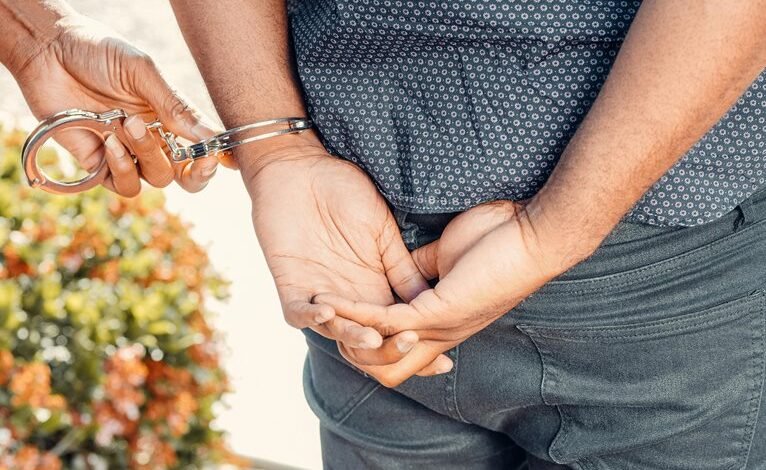Photoackmpa: The Impact of Images in the Judicial Process

The integration of visual evidence in courtroom proceedings has transformed the judicial landscape. Images serve not only to clarify complex narratives but also to shape jurors' perceptions. This reliance on visuals raises significant ethical questions regarding authenticity and manipulation. As the line between persuasive imagery and factual representation blurs, the implications for justice become increasingly profound. Understanding these dynamics is crucial for assessing the overall integrity of legal outcomes in contemporary society.
The Role of Visual Evidence in Courtroom Proceedings
Although the use of visual evidence in courtroom proceedings is often regarded as supplementary, it plays a critical role in influencing juror perceptions and understanding of complex information.
Visual persuasion enhances the presentation of facts, aligning with evidentiary standards that determine admissibility. By simplifying intricate data, such evidence fosters clearer comprehension, ultimately impacting verdicts and reinforcing the importance of effective communication within the judicial system.
Media Influence and Public Perception
How does media coverage shape public perception of judicial proceedings?
Media representation plays a crucial role in influencing public awareness, often framing narratives around high-profile cases.
This representation can skew perceptions, highlighting certain aspects while downplaying others, thereby affecting societal attitudes toward justice.
Consequently, the public's understanding of judicial processes may be shaped more by media portrayals than by factual legal proceedings.
Ethical Considerations and Challenges of Image Usage
As the use of images in the judicial process becomes increasingly prevalent, ethical considerations and challenges arise that demand scrutiny.
Central to these concerns are issues of image authenticity and the legal implications of presenting potentially manipulated visuals as evidence.
The integrity of judicial outcomes is at stake, necessitating rigorous standards for image verification to uphold justice and protect individual rights.
Conclusion
In conclusion, the integration of visual evidence in courtroom proceedings exemplifies a double-edged sword, much like a smartphone in a medieval court. While images can enhance juror understanding and sway decisions, they also introduce significant ethical dilemmas regarding authenticity and manipulation. As the judicial system navigates this evolving landscape, it is crucial to establish balanced standards that uphold the integrity of justice while harnessing the persuasive potential of visuals, ensuring fairness in legal outcomes.





